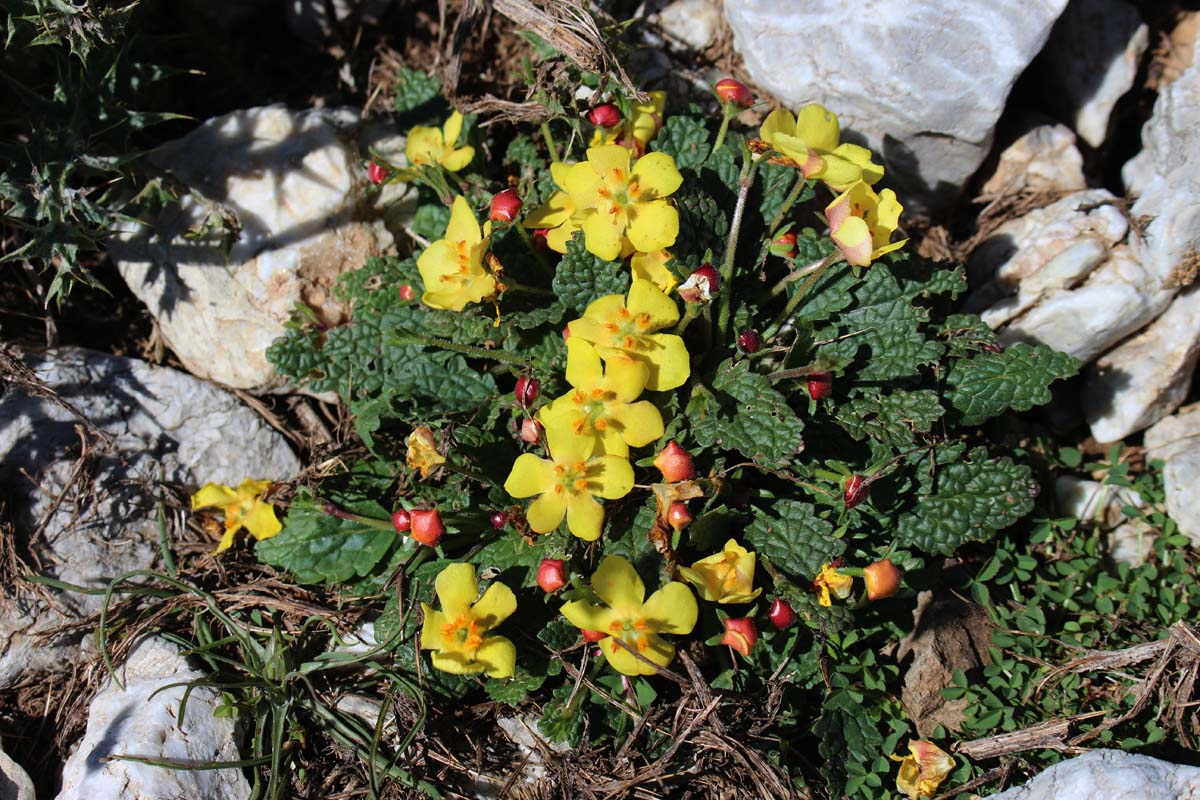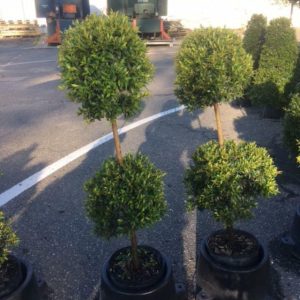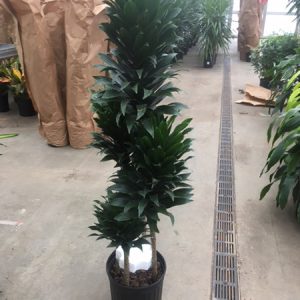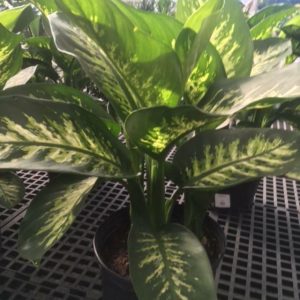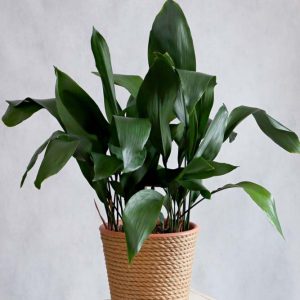Description
Verbascum – Celsia – Mullein –
Genus of 360 biennials , and a few annuals, perennial, and sub shrubs, some are semi to fully evergreen, and are within the figwort family. Recent cultivars are longer lived and have larger flowers. They are found mainly on dry, stony hillsides, wasteland and in open woodland in Europe, North Africa, and Western and central Asia. These hairy to woolly plants produce large alternate, simple, smooth edged or toothed, scalloped, lobed, soft textured basal mid to grayish green leaves, which often form large rosettes, with smaller stalk less stem leaves. Most produce one or a few tall, erect stems, that reach 12-40” tall, bearing flowers in dense spikes, but some have flowers clustered within the rosette centers. The outward facing, saucer shaped flowers are made up of 5 symmetrical petal are most commonly yellow but there are orange, red-brown, purple, blue or white forms. Individual flowers are short lived, but they are very numerous, and flowering takes place over a long period. Semi evergreen species are grown as much for they’re over wintering rosettes of the white woolly leaves, as for their flowers.
Larger species are good for growing in large or mixed herbaceous border or gravel bed, or for naturalizing in a wild or woodland garden. Smaller species are suitable for a rock garden.
Grow in alkaline, poor, well-drained soil in full sun. The taller species may need support. Divide perennial in spring.
Prone to powdery mildew, and variety of fungal leaf spots as well as caterpillars can affect these plants.
V. acaule – Celsia acaulis– This dwarf rosette forming, evergreen from the Mediterranean region grow just 2” tall and 6” wide. It produces rough gray green, egg shaped basal leaves, to 2” long, and are coarsely edge with teeth. In mid summer, it produces saucer shaped yellow flowers in the center of the rosette either singly or in clusters.
Zones 6-9

